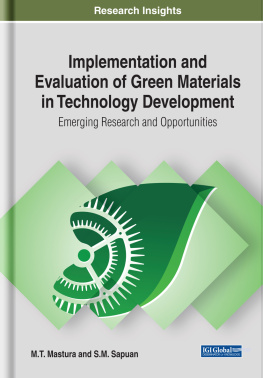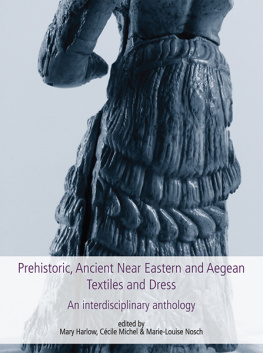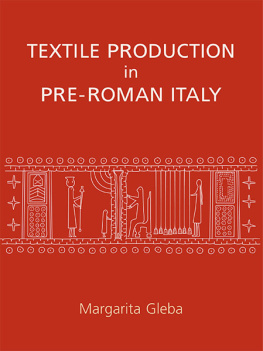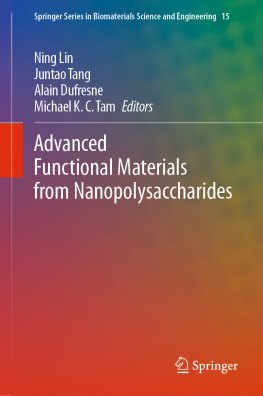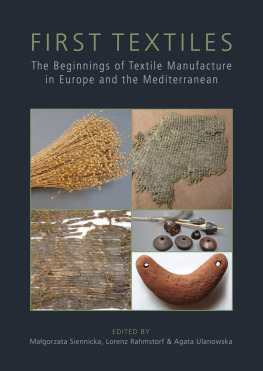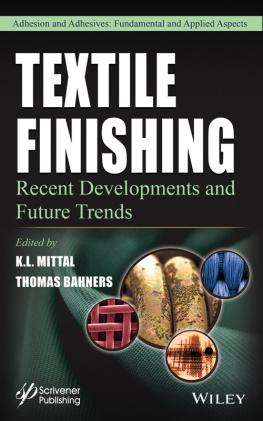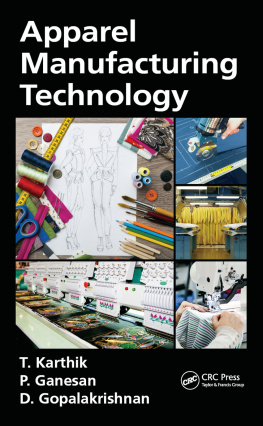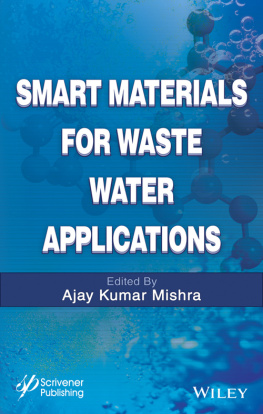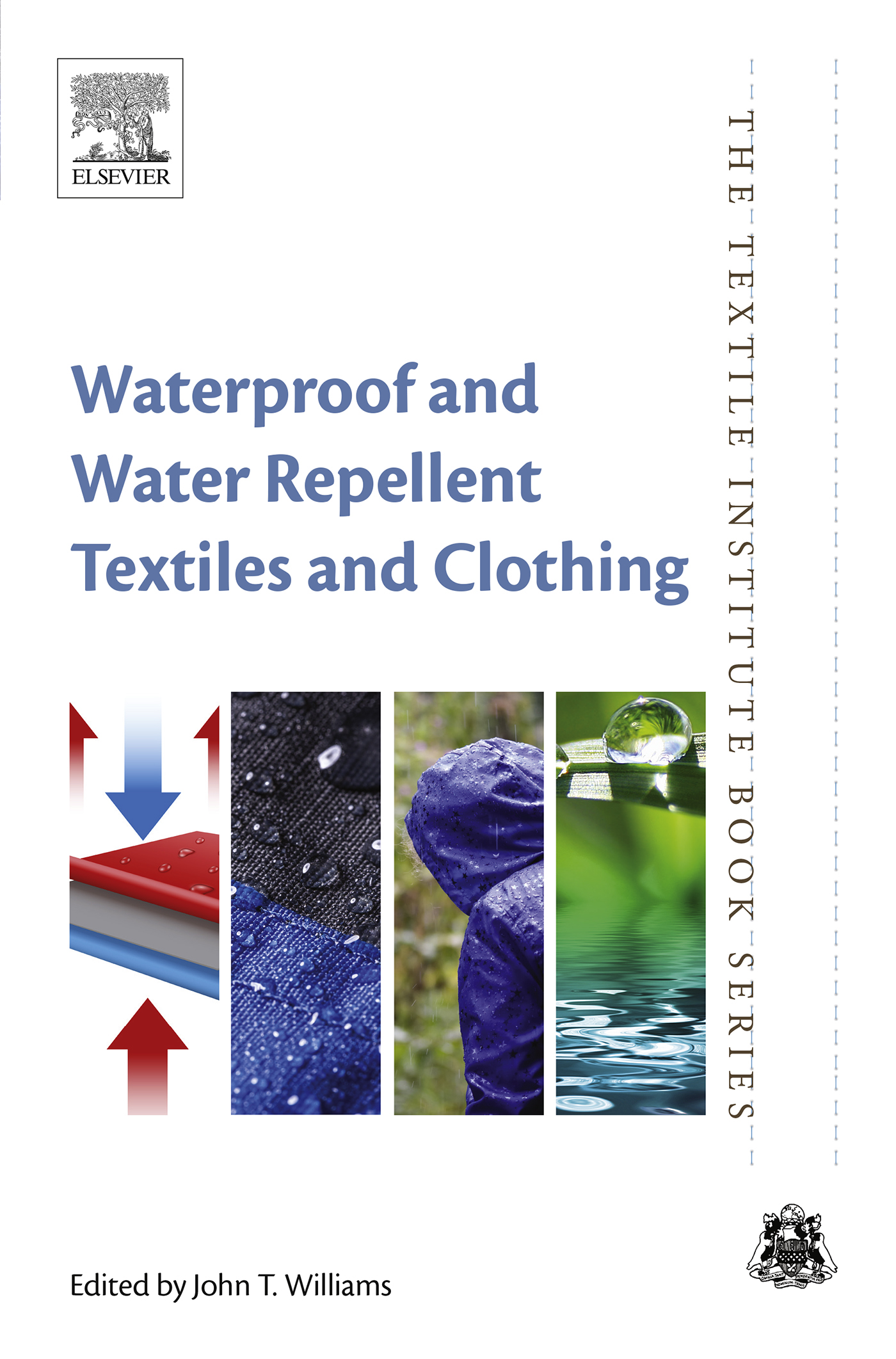Waterproof and Water Repellent Textiles and Clothing
First Edition
John Williams

Copyright
Woodhead Publishing is an imprint of Elsevier
The Officers Mess Business Centre, Royston Road, Duxford, CB22 4QH, United Kingdom
50 Hampshire Street, 5th Floor, Cambridge, MA 02139, United States
The Boulevard, Langford Lane, Kidlington, OX5 1GB, United Kingdom
Copyright 2018 Elsevier Ltd. All rights reserved.
No part of this publication may be reproduced or transmitted in any form or by any means, electronic or mechanical, including photocopying, recording, or any information storage and retrieval system, without permission in writing from the publisher. Details on how to seek permission, further information about the Publisher's permissions policies and our arrangements with organizations such as the Copyright Clearance Center and the Copyright Licensing Agency, can be found at our website: www.elsevier.com/permissions.
This book and the individual contributions contained in it are protected under copyright by the Publisher (other than as may be noted herein).
Notices
Knowledge and best practice in this field are constantly changing. As new research and experience broaden our understanding, changes in research methods, professional practices, or medical treatment may become necessary.
Practitioners and researchers must always rely on their own experience and knowledge in evaluating and using any information, methods, compounds, or experiments described herein. In using such information or methods they should be mindful of their own safety and the safety of others, including parties for whom they have a professional responsibility.
To the fullest extent of the law, neither the Publisher nor the authors, contributors, or editors, assume any liability for any injury and/or damage to persons or property as a matter of products liability, negligence or otherwise, or from any use or operation of any methods, products, instructions, or ideas contained in the material herein.
Library of Congress Cataloging-in-Publication Data
A catalog record for this book is available from the Library of Congress
British Library Cataloguing-in-Publication Data
A catalogue record for this book is available from the British Library
ISBN: 978-0-08-101212-3 (print)
ISBN: 978-0-08-101134-8 (online)
For information on all Woodhead publications visit our website at https://www.elsevier.com/books-and-journals

Publisher: Matthew Deans
Acquisition Editor: David Jackson
Editorial Project Manager: Edward Payne
Production Project Manager: Omer Mukthar
Cover Designer: Victoria Pearson
Typeset by SPi Global, India
Contributors
Riza Atav University of Namk Kemal, Tekirda, Turkey
Jeni Bougourd Consultant, London, United Kingdom
Seong-O Choi Kansas State University, Manhattan, KS, United States
Lumina Ciobanu Gheorghe Asachi Technical University of Iai, Iai, Romania
Irina Cristian Gheorghe Asachi Technical University of Iai, Iai, Romania
Prince Dabhi Institute of Chemical Technology, Matunga, India
Alice J. Davies University of Leeds, Leeds, United Kingdom
Angela Davies De Montfort University, Leicester, United Kingdom
Miyu Du University of Leeds, Leeds, United Kingdom
Nicholas W.M. Edward University of Leeds, Leeds, United Kingdom
Parikshit Goswami University of Leeds, Leeds, United Kingdom
Lauren Heine Northwest Green Chemistry, Spokane, WA, United States
Dorin Ionesi Gheorghe Asachi Technical University of Iai, Iai, Romania
Zehra Evrim Kanat Namk Kemal University, Tekirda, Turkey
Veronika Kapsali University of the Arts London, London, United Kingdom
Asimananda Khandual College of Engineering & Technology, Bhubaneswar, India
Jooyoun Kim Seoul National University, Seoul, Republic of Korea
Carmen Loghin Gheorghe Asachi Technical University of Iai, Iai, Romania
Emil Loghin Gheorghe Asachi Technical University of Iai, Iai, Romania
Ameersing Luximon The Hong Kong Polytechnic University, China
Ningtao Mao University of Leeds, Leeds, United Kingdom
Jan Marek INOTEX Ltd, Dvr Krlov n.L., Czech Republic
Lenka Martinkov INOTEX Ltd, Dvr Krlov n.L., Czech Republic
Jane McCann Design Consultant, Northern Ireland, United Kingdom
Roshan Paul University of Beira Interior, Covilh, Portugal
Silvia Pavlidou Materials Industrial Research and Technology Center, Athens, Greece
Natalie Pomerantz US Army Natick Soldier Research, Development and Engineering Center, Natick, MA, United States
Usha Sayed Institute of Chemical Technology, Matunga, India
Quoc T. Truong US Army Natick Soldier Research, Development and Engineering Center, Natick, MA, United States
Margaret H. Whittaker ToxServices LLC, Washington, DC, United States
Hikmet Ziya zek University of Namik Kemal, Tekirda, Turkey
Part One
Principles of waterproofing and water repellency in textiles
Introduction to waterproof and water repellent textiles
Carmen Loghin; Lumina Ciobanu; Dorin Ionesi; Emil Loghin; Irina Cristian Gheorghe Asachi Technical University of Iai, Iai, Romania
Abstract
Waterproof materials have an extraordinarily high use, with products for everyday clothing, sportswear and protective clothing for industrial or technical applications. The chapter begins with a review of the specific requirements imposed by the use of waterproofing and water repellent textile materials, on the assumption that waterproofing as a dominant function must harmonize with other functions by providing multifunctional products to the end user. Examples of this are breathable materials designed to create clothing that simultaneously provide waterproofing and wearing comfort. To fully understand how to make waterproof and water repellent materials, it is essential to have knowledge of textiles and clothing products and their behaviour in relation with the humidity, liquid and vapours. A key issue addressed in the chapter refers to technologies and methods for development of waterproof and water repellent textile materials, with emphasis on materials coated with polymers and those with surface treatments (plasma treatments, hybrid finishing, nano-coating, etc.).
Keywords
Multifunctional textiles; Breathable fabrics; Repellency; Contact angle; Coated fabrics; Laminated fabrics; Superhydrophobic fibres; Surface treatments
1.1 Introduction
Protection against environmental factors is the initial function of clothing. In a wet environment, the basic requirement for garments is to keep the wearer dry by being waterproof and or water repellent. The difference between the two terms is essential when characterizing the behaviour of textile materials in reference to liquid water. In contact with water, water repellent materials form drops that can be easily removed from the fabric surface but for longer contact with water or with a higher pressure difference, the material will absorb water. Water repellent textiles are often high density woven materials made of very fine yarns or common materials with hydrophobic surface treatment. Waterproofing is defined as the property of a material not to be penetrated by fluids. The waterproofness of a fabric can be measured using two testing methods: one that simulates raining and the other (more common) that subjects the fabric to hydrostatic pressure. The minimum value for the hydrostatic pressure without leaking at its surface, at which a fabric is considered rainproof is 5000 mm water column, while for waterproof materials the hydrostatic pressure can reach 10,00015,000 mm water column (). For high quality waterproof materials designed for aggressive conditions, the hydrostatic pressure varies between 15,000 and 30,000 mm water column. Such fabrics are completely waterproof even under very high pressure.


